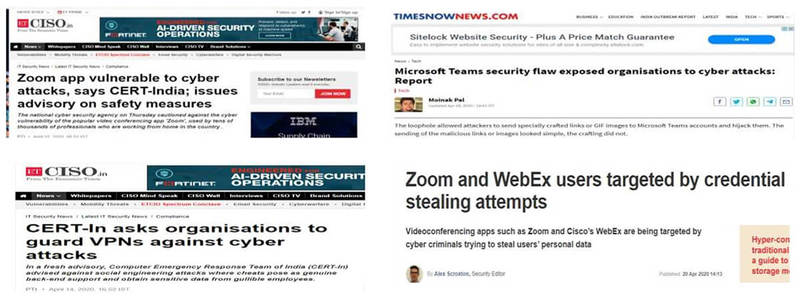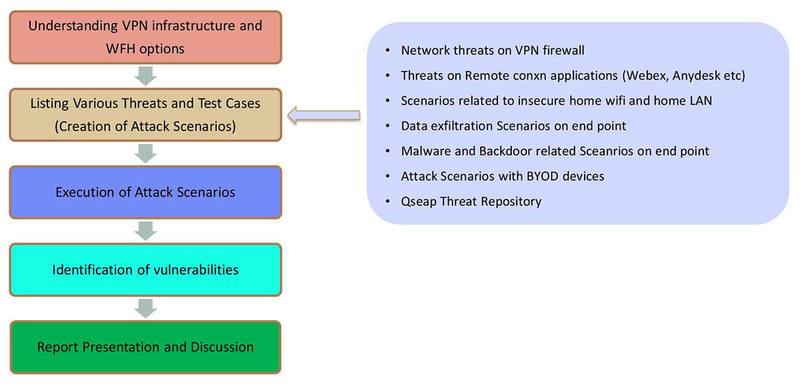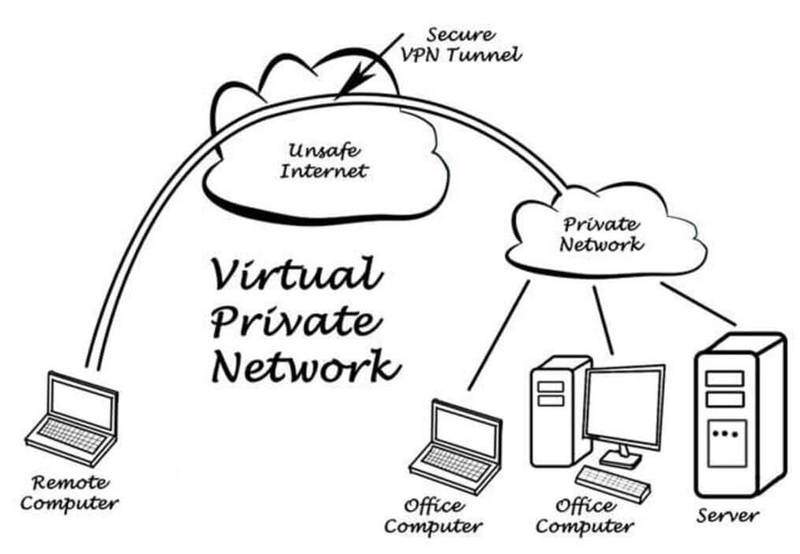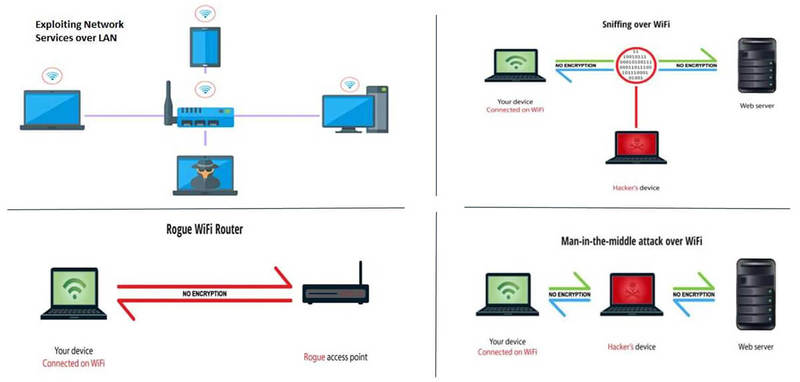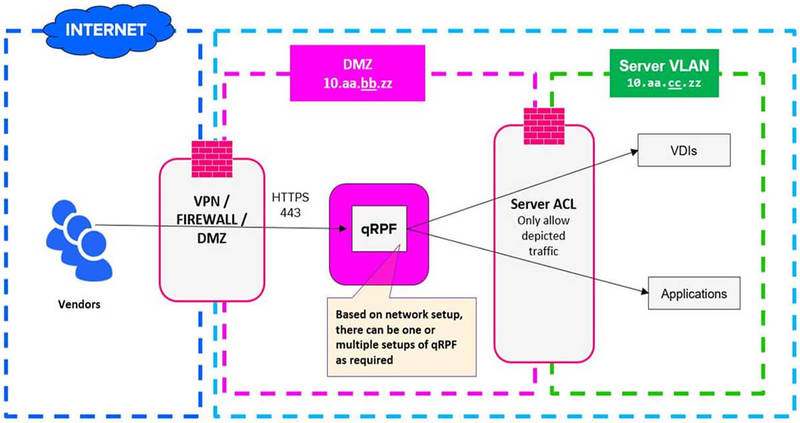Managing Cyber-Attacks in a time of Pandemic
TOC
- Background
- Work From Home- New Normal
- Increase Cyber Attacks (Recent cases)
- Root Cause
- “Work From Home” Attack Simulation
- Threats on VPN Firewalls and Remote Connection Applications
- Threats arising due to WFH (Insecure home WIFI, Data Leakage, Other threats etc)
- Threats arising from BYOD devices
- QRPF (Qseap Remote Pentesting Framework)


